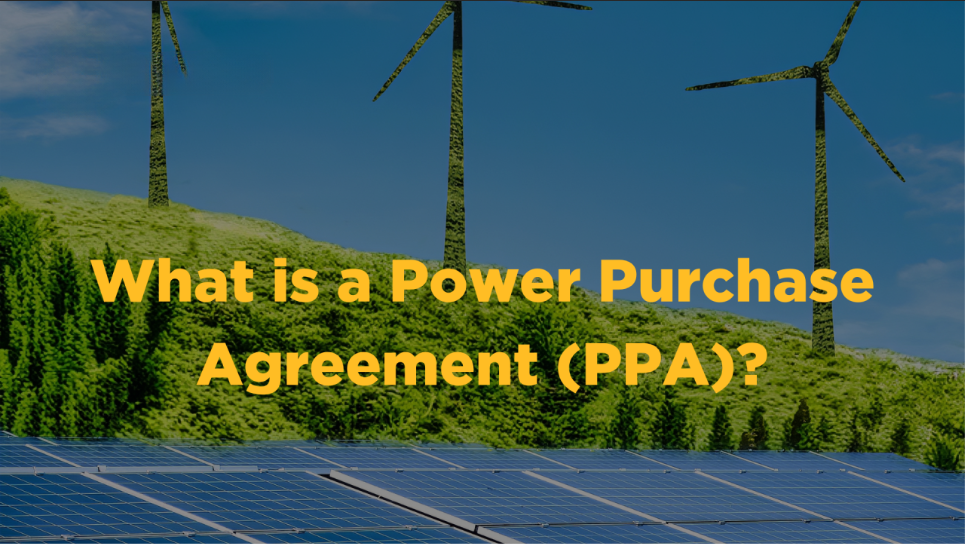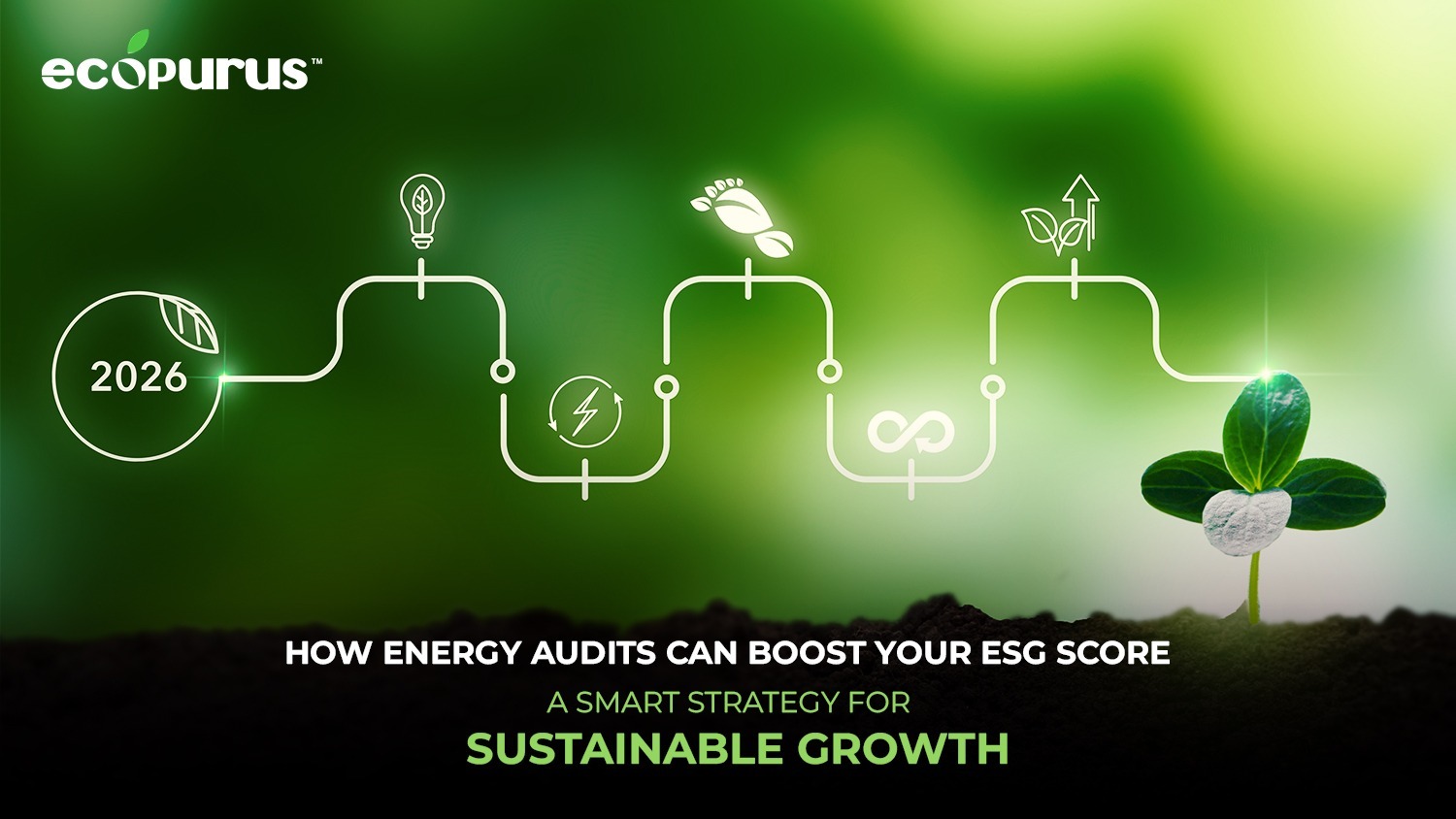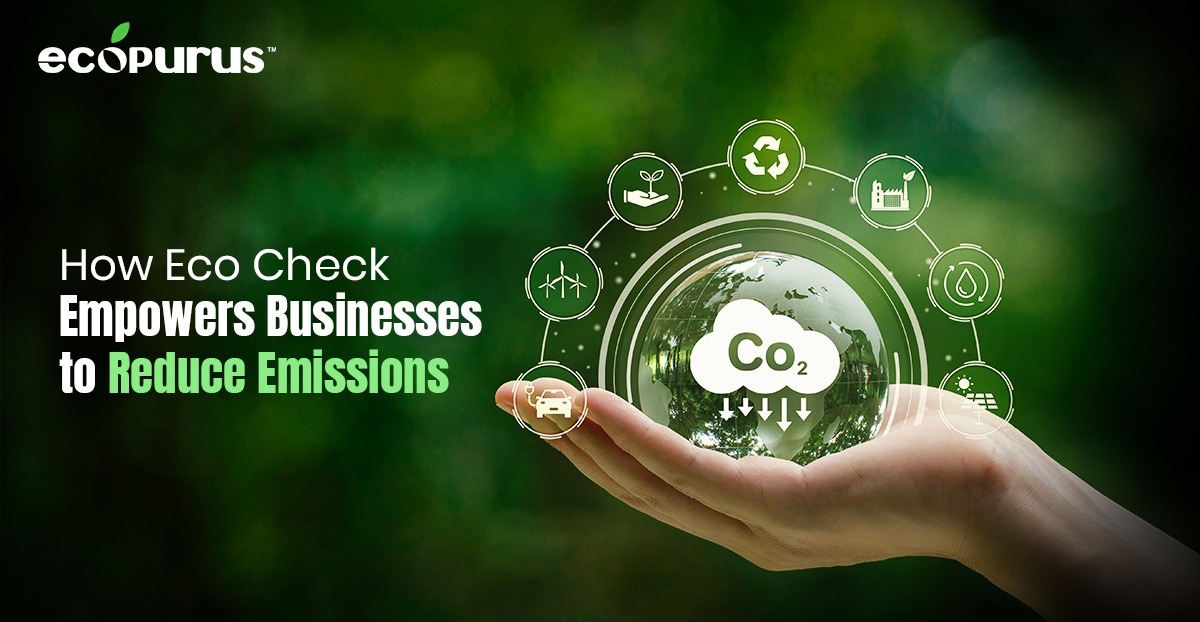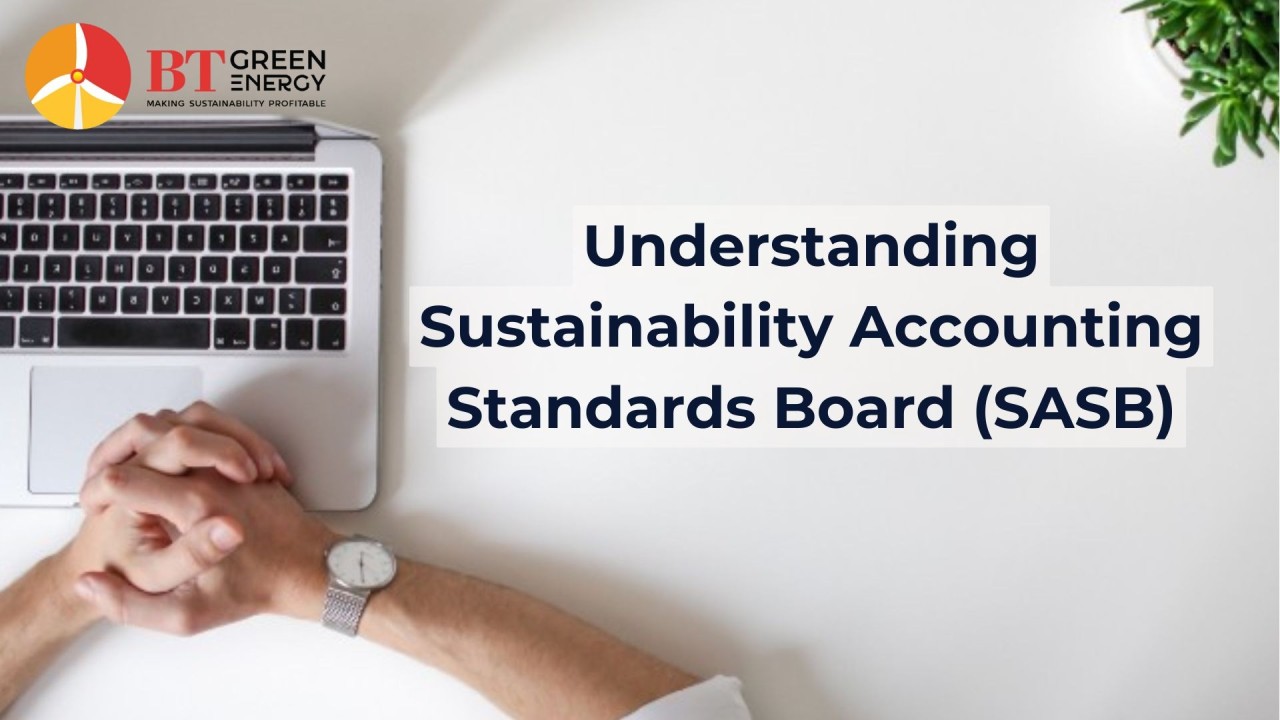
What is a Power Purchase Agreement (PPA)?
A Power Purchase Agreement (PPA) is a long-term contract between an energy producer (or developer) and a buyer (often a utility, distribution company, or large commercial/industrial consumer).
Under this contract, the buyer agrees to purchase a specified amount of electricity at a pre-agreed price over a fixed period, typically ranging from 10 to 25 years. PPAs are widely used in the renewable energy sector, particularly for solar, wind, and hydroelectric projects.
PPAs help renewable energy developers secure financing for their projects, as the guaranteed revenue stream from the contract makes the project more bankable. For buyers, PPAs provide access to renewable energy at stable prices, protecting them from market volatility and supporting their sustainability goals.
Importance of PPAs in India’s Energy Landscape
India’s energy sector is undergoing a significant transformation, driven by its ambitious renewable energy targets. The country has committed to achieving 450 GW of renewable energy capacity by 2030, and PPAs are a crucial mechanism for enabling this transition.
Key Roles of PPAs
- Encouraging Renewable Energy Investment: PPAs create a stable revenue stream for developers, making renewable energy projects more attractive to investors.
- Reducing Carbon Footprint: C&I companies can use PPAs to source renewable energy, significantly reducing their carbon emissions and aligning with environmental regulations.
- Energy Price Stability: PPAs offer fixed or stable energy prices over long periods, helping companies hedge against electricity price fluctuations in the open market.
- Meeting Regulatory Obligations: PPAs are a useful tool for companies that need to meet Renewable Purchase Obligations (RPOs), as discussed in the last issue.
Types of Power Purchase Agreements
PPAs come in several forms, depending on the structure of the contract, the relationship between the parties involved, and the specific energy needs of the buyer.
Onsite PPAs (Physical PPAs)
An onsite PPA is where the renewable energy system (such as a solar photovoltaic (PV) system) is installed at the buyer’s location (e.g., a manufacturing plant or office building). The buyer consumes the energy produced by the system directly on-site, and the developer retains ownership of the system.
Advantages: The buyer gets a direct supply of renewable energy, which can offset its grid electricity consumption. The energy produced is often cheaper than grid-sourced electricity, and the buyer benefits from reduced transmission losses.
Challenges: Onsite PPAs require sufficient space for installation, and the buyer may face additional maintenance responsibilities or land-use considerations.
Offsite PPAs (Virtual or Synthetic PPAs)
In an offsite PPA, the renewable energy system is located at a different site, not directly at the buyer’s location. In this case, the buyer still agrees to purchase the electricity generated by the system, but the energy is delivered through the grid.
Advantages: The buyer benefits from renewable energy even without physical space for installation. This is ideal for large-scale companies with multiple facilities across different locations.
Challenges: Offsite PPAs are more complex, as they involve a financial arrangement rather than the physical delivery of electricity. The buyer continues to source energy from the grid while settling the financial difference between the PPA price and the market price.
Utility PPAs
A Utility PPA is a contract between a renewable energy generator and a utility or distribution company. Utilities often use PPAs to meet their RPOs or to ensure a stable supply of electricity for their customers.
Advantages: These agreements are typically long-term and involve large-scale projects, providing stability for renewable energy developers.
Challenges: Utilities may face challenges in securing financing for PPAs if there is regulatory uncertainty or financial instability in the distribution sector.
Legal and Regulatory Framework for PPAs in India
PPAs in India are governed by various laws and regulations that ensure fair terms for both buyers and sellers while promoting the growth of renewable energy. The key elements of the regulatory framework include:
Electricity Act, 2003
The Electricity Act, 2003 is the primary legislation governing the generation, transmission, distribution, and trading of electricity in India. The Act provides the legal framework for PPAs, ensuring that contracts between power producers and buyers are enforceable and compliant with the law. Key provisions relevant to PPAs include:
Section 62: Tariff regulation for the sale of electricity, particularly when the buyer is a regulated entity such as a distribution company.
Section 63: Competitive bidding process for procurement of electricity, which often forms the basis for PPA pricing.
Central Electricity Regulatory Commission (CERC) Guidelines
The CERC is responsible for regulating PPAs for inter-state transactions and projects connected to the national grid. It issues guidelines on tariffs, competitive bidding, and dispute resolution, ensuring that PPAs are structured to reflect market dynamics and protect the interests of all parties.
State Electricity Regulatory Commissions (SERCs)
For intra-state transactions and projects, PPAs are subject to the regulations of SERCs. Each state may have different rules governing the approval, tariff structure, and compliance requirements for PPAs, especially for rooftop solar projects or captive generation plants.
Key Components of a Power Purchase Agreement
PPAs are complex contracts that require careful negotiation and clear terms to avoid disputes. The following are the key components typically found in a PPA:
Contract Duration: PPAs are typically long-term contracts, ranging from 10 to 25 years, depending on the type of energy generation project. The long duration ensures that the developer can recover the initial capital investment in the renewable energy infrastructure.
Price and Payment Terms: Many PPAs feature a fixed price for electricity over the life of the contract, which provides certainty for both parties. The price may include escalation clauses to account for inflation. The tariff can be fixed, escalated, or indexed to market prices. In some cases, there is a tariff subsidy if the project qualifies under government schemes.
Energy Delivery and Quantity: The PPA specifies the amount of electricity that will be delivered by the generator to the buyer. This may be expressed as a guaranteed minimum output, with penalties for underperformance, or it may involve a more flexible arrangement based on the generation capacity of the renewable system.
Termination Clauses: Termination clauses outline the circumstances under which the PPA can be terminated by either party. Common reasons for termination include breach of contract, force majeure, or regulatory changes that make the contract unenforceable.
Dispute Resolution: PPAs typically include mechanisms for resolving disputes between the buyer and seller, such as mediation, arbitration, or litigation. This is especially important for long-term contracts, where unforeseen events may arise.
Benefits of Power Purchase Agreements for C&I Sectors
For Commercial and Industrial (C&I) sectors in India, PPAs offer numerous benefits, including:
- Companies can lock in lower electricity prices compared to grid rates, particularly in markets where energy prices are volatile.
- PPAs provide a reliable pathway for companies to meet their sustainability targets and reduce their carbon footprints, enhancing ESG profiles.
- PPAs offer energy security by ensuring a steady supply of electricity from renewable sources, reducing dependence on grid power that may be subject to outages or fluctuations.
Challenges in Implementing PPAs in India
Despite the benefits, there are several challenges in implementing PPAs in India:
Regulatory Uncertainty: Frequent changes in state-level policies and delays in regulatory approvals can create uncertainties for both developers and buyers, making it difficult to finalize PPAs.
Credit Risk of DISCOMs: The financial instability of several state-owned DISCOMs poses a risk to renewable energy developers. In many cases, PPAs are signed with DISCOMs, and their inability to make timely payments can jeopardize the viability of the project.
Land and Infrastructure Constraints: For onsite PPAs, especially in urban areas, finding sufficient land or roof space to install solar or wind systems can be a challenge. Additionally, offsite PPAs may require significant infrastructure investments to connect the renewable energy system to the grid.
Conclusion
The evolving regulatory framework, the rise of new energy technologies like green hydrogen and energy storage, and the increasing focus on sustainability reporting are set to shape the future of PPAs in India. Companies looking to adopt renewable energy should carefully evaluate the various types of PPAs, understand the legal and regulatory environment, and consider the long-term benefits of securing renewable energy through well-structured agreements.
By navigating these factors and entering into strategic PPAs, companies can not only achieve energy security but also contribute to India’s sustainable energy future, positioning themselves as leaders in the global shift towards cleaner, greener energy.
Post a comment Cancel reply
Related Posts
How Energy Audits Can Boost Your ESG Score: A Smart Strategy for Sustainable Growth
How Energy Audits Can Boost Your ESG Score: A Smart Strategy for Sustainable Growth In…
How Eco Check Empowers Businesses To Reduce Emissions
How Eco Check Empowers Businesses To Reduce Emissions In today’s business landscape, climate responsibility is…
New SEBI ESG Debt Guidelines Raise the Bar—But Do Mid-Sized Companies Have a Ladder?
New SEBI ESG Debt Guidelines Raise the Bar—But Do Mid-Sized Companies Have a Ladder? SEBI’s…
Ecopurus Certification: Why It Matters And How To Achieve It
As people talk more about climate change and protecting the environment, businesses are expected to…











